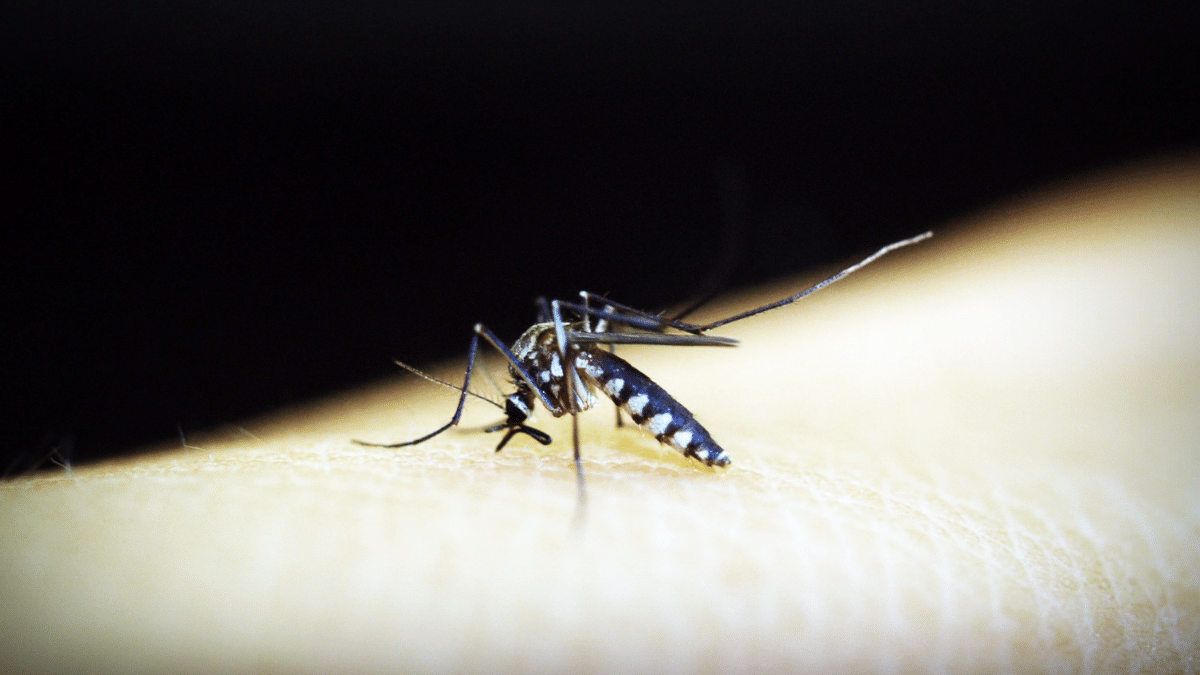Dengue cases in Eastern Visayas declining but still high – DOH

PNA file photo
TACLOBAN CITY, LEYTE, Philippines — Dengue cases in Eastern Visayas remain a top concern among local health officials, although it has slowed down in the past few weeks.
According to the Department of Health in Eastern Visayas (DOH-8), the region logged 14,934 dengue cases with 26 deaths from Jan. 1 to Nov. 16, or a 290-percent increase compared to the same period in 2023, which recorded 3,829 cases and nine deaths.
The DOH-8 Center for Health Development (EVCHD), however, reported a decline in dengue cases in the region in November.
READ: PH mainly spared from dengue surge
The province of Leyte, including the cities of Tacloban and Ormoc, has the highest number of cases with 6,316, followed by Samar with 3,751 cases; Southern Leyte, 2,673; Eastern Samar, 1,016; Northern Samar, 898; and Biliran, 280.
Samar has the highest number of fatalities due to dengue with 11; followed by Leyte, seven; three each from Eastern Samar and Northern Samar; and Southern Leyte, two.
Biliran has not recorded a death due to dengue.
Jelyn Lopez-Malibago, the EVCHD regional information officer, attributed the recent decline in the number of dengue cases to the collective efforts of the community, government agencies, and local governments.
“We are confident the cases will continue to decrease,” Lopez-Malibago said on Thursday, Nov. 28.
Stay clean
Despite the decline, the DOH renewed its call to the public to intensify dengue control measures, emphasizing the need to search and destroy mosquito breeding sites, secure self-protection, seek early consultation, support fogging in hot spot areas, and sustain hydration.
Hospitals and health facilities were earlier urged to ensure the availability of dengue fast lanes, sufficient health-care providers, and necessary dengue medicines to provide prompt care.
Dengue fever is a mosquito-borne viral infection caused by the dengue virus, primarily transmitted through the bites of infected aedes mosquitoes.
Symptoms include high fever, severe headaches, pain behind the eyes, joint and muscle pain, nausea and vomiting, fatigue, and a skin rash.
In severe cases, the disease can progress to life-threatening conditions marked by severe abdominal pain, persistent vomiting, bleeding, blood in bodily excretions, and breathing difficulties.